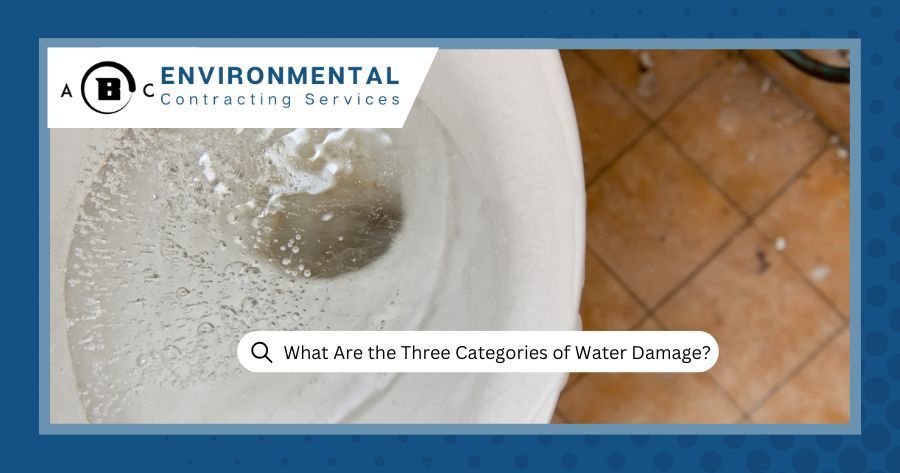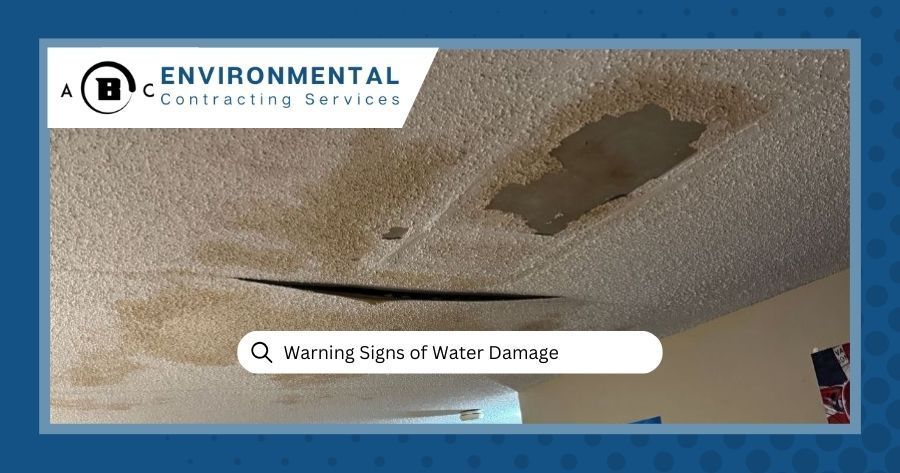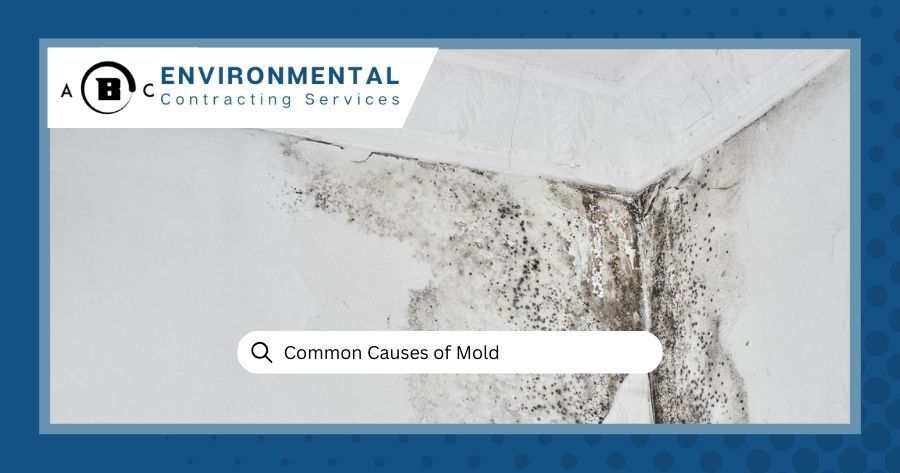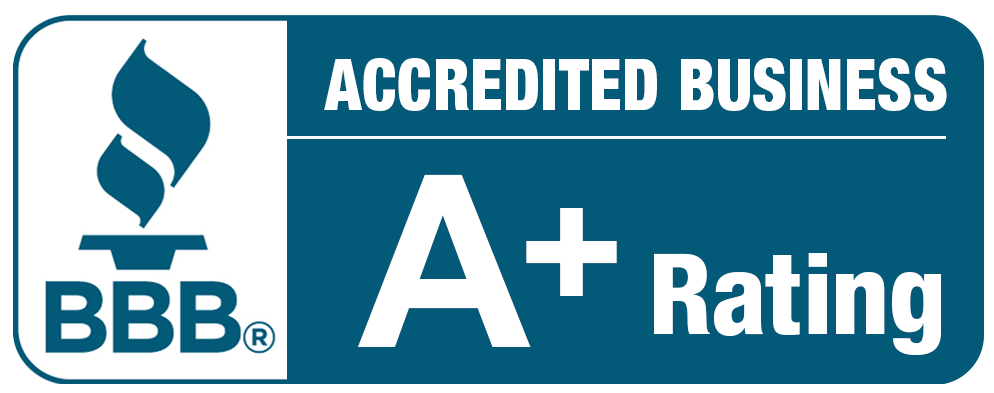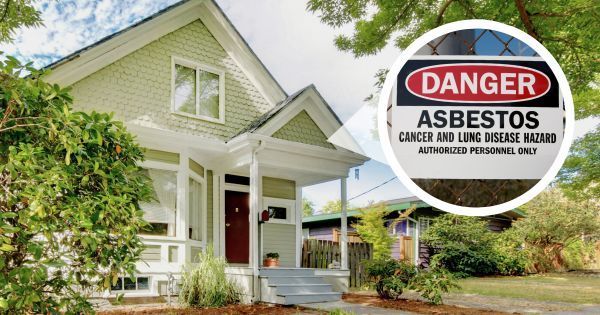
In the realm of home maintenance, dealing with asbestos in older houses is a critical task that cannot be overlooked. Asbestos, once commonly used in construction due to its fire-resistant properties, can pose serious health risks if disturbed. If you're in a fix about how to get rid of asbestos safely, fret not! In this guide, we'll walk you through the essential steps to handle this issue effectively. If you are not equipped to handle this dangerous task, we know trusted professionals dealing with water damage, mold cleanup, and asbestos removal in Columbia MO.
.
Asbestos in Older Houses
Many homes built before the 1980s are likely to contain asbestos in various forms. From insulation to floor tiles, asbestos was widely used in construction materials due to its affordability and durability. However, over time, it was discovered that exposure to asbestos fibers could lead to severe health complications, including lung diseases like asbestosis and mesothelioma.
Typical Asbestos-Containing Materials
Asbestos can be found in various materials commonly used in older houses. Some of the typical asbestos-containing materials include:
- Insulation: Asbestos was often used in insulation materials, such as pipe insulation and attic insulation.
- Floor Tiles: Vinyl floor tiles and adhesive may contain asbestos fibers.
- Roofing Materials: Roof shingles and felt may contain asbestos, especially in older homes.
- Textured Paints: Walls and ceilings coated with textured paints or popcorn ceiling finishes may contain asbestos fibers.
It's important to note that asbestos-containing materials are not always easy to identify visually. Therefore, if you suspect the presence of asbestos in your home, it's best to consult a professional for proper assessment and testing.
Regulatory Framework: Federal Requirements and Local Restrictions
Before embarking on any removal project, ensure you understand the regulations to avoid any legal repercussions. While some communities permit homeowners to undertake asbestos removal themselves, certain restrictions are in place to safeguard public health and prevent potential hazards.
It's important to note that DIY asbestos removal is typically limited to residential properties. Commercial properties fall under different regulations, requiring the expertise of certified professionals to handle asbestos removal safely. Additionally, self-removal is usually restricted to detached residences, such as houses, mobile homes, detached garages, and other standalone structures. This limitation aims to prevent cross-contamination and ensure that removal efforts are contained within individual properties. Properties like apartments, duplexes, and mixed-use buildings with residential units usually require professional intervention for asbestos removal.
Obtaining permits is often a mandatory step in the asbestos removal process. Most jurisdictions require homeowners to secure permits for demolition work, including the removal of asbestos-containing materials. These permits help ensure that removal is conducted according to established guidelines and safety protocols. Homeowners should reach out to their local building or permitting department to inquire about the specific requirements and procedures.
Finally, proper disposal of asbestos-containing materials is key. Homeowners cannot dispose of asbestos in regular household garbage pickups. Instead, they must ensure disposal at approved facilities equipped to handle hazardous materials safely. It's crucial to adhere to these disposal regulations to prevent environmental contamination and protect public health. By following federal requirements and local restrictions, homeowners can navigate the asbestos removal process with confidence, prioritizing safety and adherence every step of the way.
How Do You Get Rid of Asbestos: DIY Solution
Before attempting any DIY asbestos removal, it's crucial to understand the potential dangers and risks involved. Asbestos fibers, when disturbed, can pose serious health hazards if inhaled. Asbestos exposure is linked to respiratory diseases with symptoms often not appearing until years later. Therefore, proceed with extreme caution.
- Wear Protective Gear:
Always wear appropriate personal protective equipment (PPE), including disposable coveralls, gloves, eye protection, and a respirator with a HEPA filter to prevent inhalation of asbestos fibers.
- Isolate the Area:
Seal off the work area to prevent the spread of asbestos fibers to other parts of your home. Use plastic sheeting and duct tape to create a containment area, and cover any vents or openings.
- Moisten Materials:
Mist asbestos-containing materials with water before handling to minimize the release of fibers into the air. Avoid using high-pressure water sprays, as they may create airborne particles.
- Handle Materials Carefully: Remove asbestos-containing materials intact whenever possible to minimize fiber release. Avoid breaking, cutting, or sanding materials, as this can release harmful fibers.
- Use Proper Removal Techniques:
Follow recommended removal techniques, such as gently prying or lifting materials rather than forcefully ripping them out. Place removed materials in leak-proof bags or containers labeled as asbestos waste.
- Clean Up Thoroughly: After removal, carefully clean the work area using wet methods to capture any remaining asbestos fibers. Avoid dry sweeping or vacuuming, as this can stir up fibers. Dispose of cleaning materials and PPE as asbestos waste.
How to Get Rid of Asbestos Using the Safest Methods?
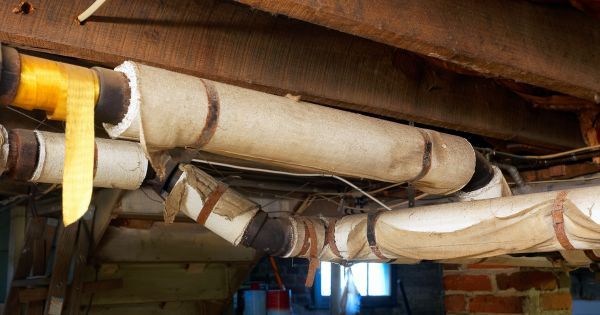
Removing asbestos is not a DIY task. It requires specialized equipment, protective gear, and proper training to ensure the safety of both occupants and the people performing the removal. The safest approach is to hire licensed asbestos removal professionals who have the expertise and experience to handle the job safely. They will conduct a thorough inspection, assess the extent of asbestos contamination, and develop a removal plan according to regulatory standards. Besides, professionals are typically trained to provide you with other related services like water damage restoration and mold cleanup.
What Can You Do Then?
Community resources and initiatives play a crucial role in raising awareness of asbestos risks and promoting safe handling practices. Local organizations and government agencies often offer educational materials, workshops, and outreach programs to inform residents about the dangers of asbestos exposure and provide guidance on proper handling procedures. By actively participating in community safety initiatives, you as homeowners can contribute to a safer environment for yourselves and your neighbors.
Hire ABC Environmental Contracting Services in Columbia
If unsure of how to remove asbestos, you can trust our team at
ABC Environmental Contracting Services in Columbia to handle mold or asbestos removal for you! Call us at (573) 928-2668 or fill out the
contact form on our website. We are available 24/7 for your emergencies! Reach out to us and our expert team will provide you with a free estimate!

